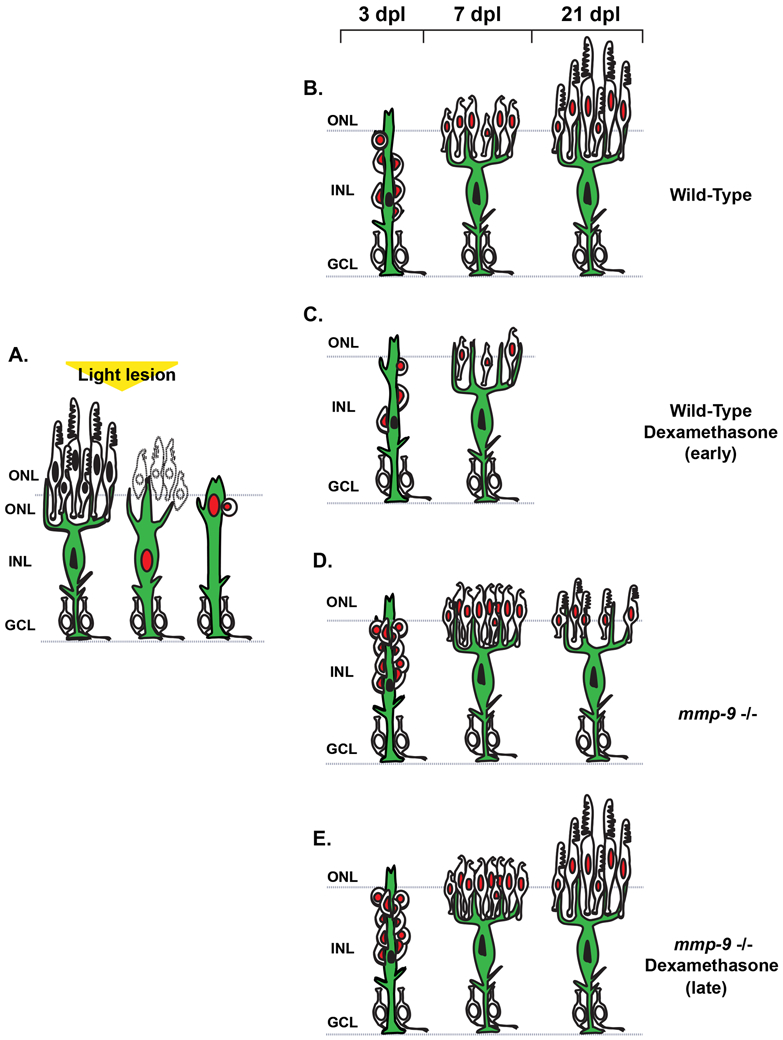Figure 11. Summary Diagram of cone regeneration.

(A) Müller glia respond to photoreceptor death by expressing mmp-9, undergoing interkinetic nuclear migration and a single asymmetric cell division that gives rise to a neuronal progenitor. (B) In wild-type animals, neuronal progenitors form a neurogenic cluster around the Müller glia (3 dpl), migrate to the ONL, and differentiate into cone photoreceptors (7 dpl) that then mature (21 dpl). (C) Anti-inflammatory treatment results in fewer Müller glia-derived progenitors and fewer regenerated photoreceptors. (D) In the absence of Mmp-9, there is overproduction of Müller glia-derived progenitors and regenerating photoreceptors. However, at 21 dpl, survival of cone photoreceptors is compromised. (E) In the absence of Mmp-9, anti-inflammatory treatment rescues the defects of cone photoreceptors. ONL- outer nuclear layer; INL- inner nuclear layer; GCL- ganglion cell layer.
